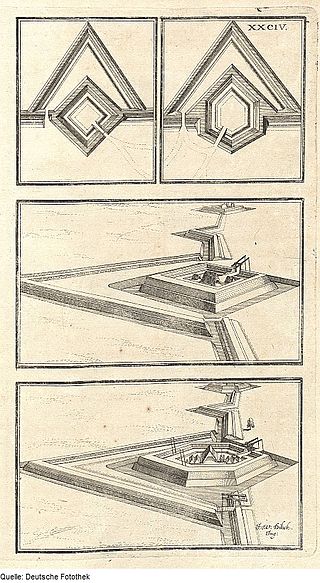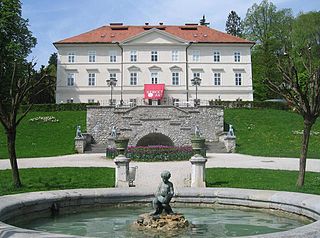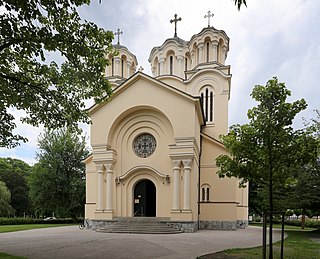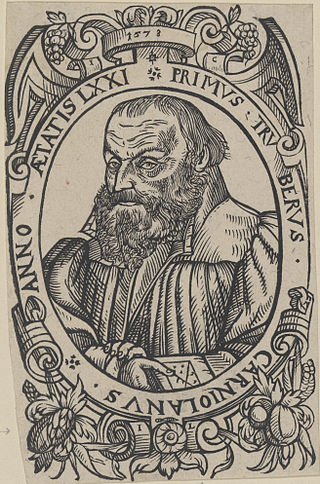Self-guided Sightseeing Tour #4 in Ljubljana, Slovenia
Legend
Guided Free Walking Tours
Book free guided walking tours in Ljubljana.
Guided Sightseeing Tours
Book guided sightseeing tours and activities in Ljubljana.
Tour Facts
2.1 km
123 m
Experience Ljubljana in Slovenia in a whole new way with our free self-guided sightseeing tour. This site not only offers you practical information and insider tips, but also a rich variety of activities and sights you shouldn't miss. Whether you love art and culture, want to explore historical sites or simply want to experience the vibrant atmosphere of a lively city - you'll find everything you need for your personal adventure here.
Activities in LjubljanaIndividual Sights in LjubljanaSight 1: šance
A schanze is, according to the specialist terminology of German fortification construction, an independent fieldwork that is frequently used in the construction of temporary field fortifications. The word is German and has no direct English equivalent, although the word sconce is derived from Dutch schans, which is cognate to the German word.
Sight 2: MGLC Švicarija
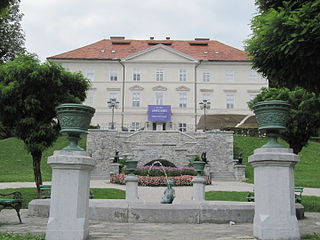
The International Centre of Graphic Arts in Ljubljana was established in 1986 to give the international Ljubljana Biennial of Graphic Arts - which itself has a longer, uninterrupted tradition from 1955 - its own place. Most of its history the director was Zoran Kržišnik.
Wikipedia: International Centre of Graphic Arts (Ljubljana) (EN), Website
Sight 3: Tivolski grad
Tivoli Castle, originally called Podturn Manor, is a mansion in Ljubljana, the capital of Slovenia.
Sight 4: Spomenik pionirjem
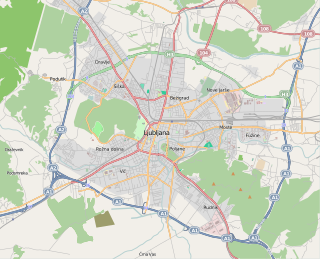
The Monument to the Pioneers is a public monument located in Ljubljana's Tivoli Park on the ramp in front of Cekin's Castle.
Sight 5: Saints Cyril and Methodius Church
Sts. Cyril and Methodius Church, commonly known as the Orthodox Church, is an Eastern Orthodox church building located in Trubar Park, between Bleiweis Street and Prešeren Street, north of the Museum of Modern Art and west of the National Gallery of Slovenia. It belongs to the Metropolitanate of Zagreb and Ljubljana of the Serbian Orthodox Church.
Sight 6: Monument to Primož Trubar
Primož Trubar or Primus Truber was a Slovene Protestant Reformer of the Lutheran tradition, mostly known as the author of the first Slovene language printed book, the founder and the first superintendent of the Protestant Church of the Duchy of Carniola, and for consolidating the Slovenian language. Trubar introduced The Reformation in Slovenia, leading the Austrian Habsburgs to wage the Counter-Reformation, which a small Protestant community survived. Trubar is a key figure of Slovenian history and in many aspects a major historical personality.
Share
How likely are you to recommend us?
Disclaimer Please be aware of your surroundings and do not enter private property. We are not liable for any damages that occur during the tours.
GPX-Download For navigation apps and GPS devices you can download the tour as a GPX file.
